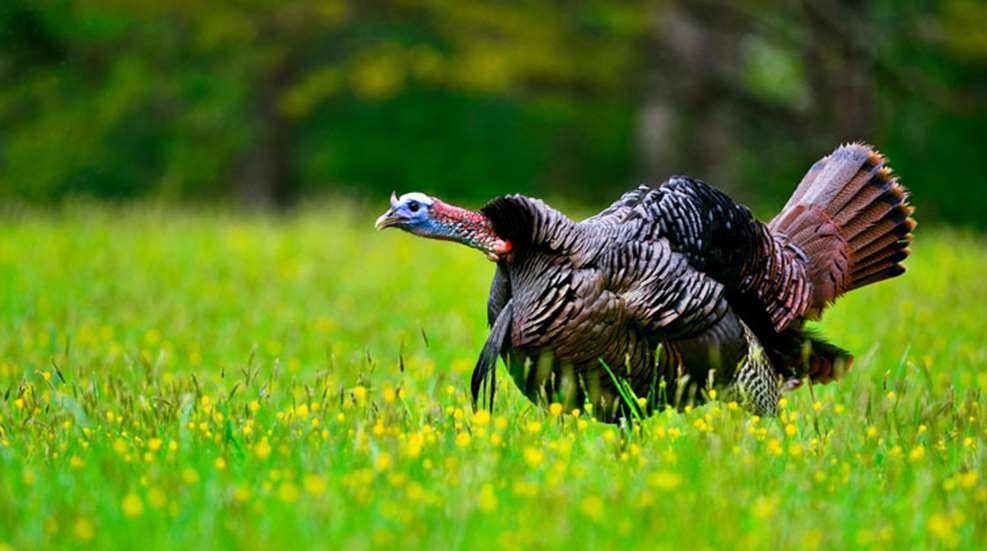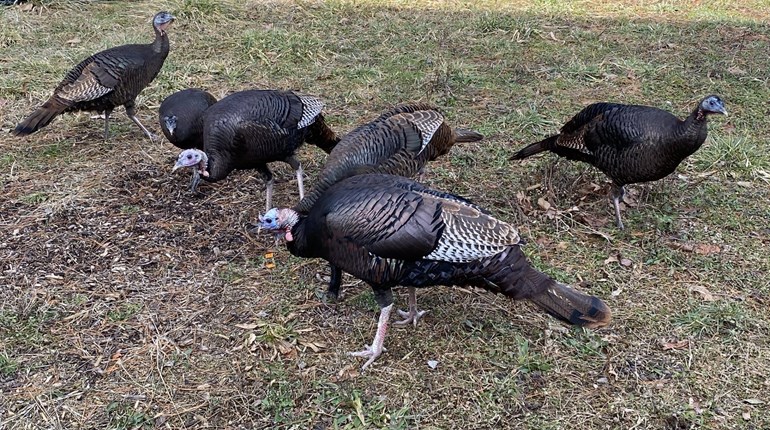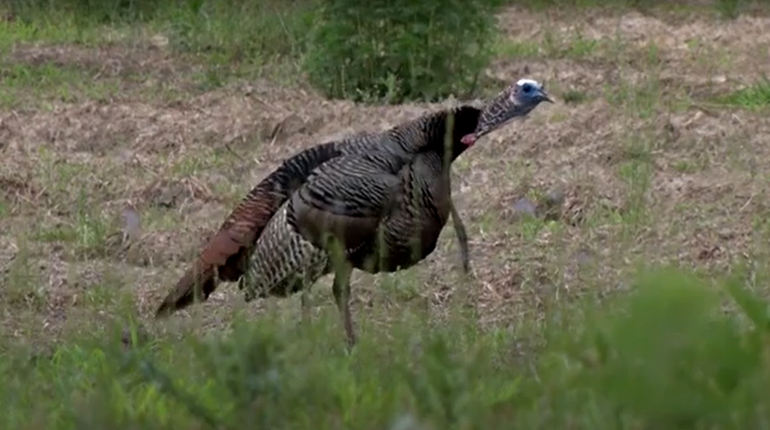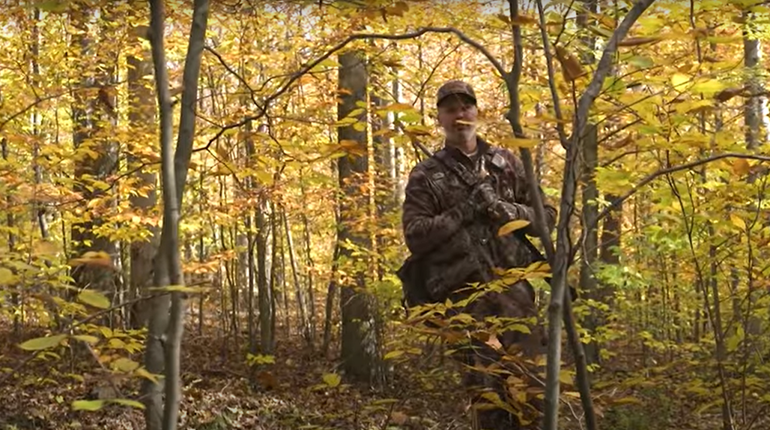
Every wild turkey tom is a trophy, but there is just something special about carrying a wily gobbler over your shoulder off public land. However, public-land birds just seem to be smarter and more wary of the usual tactics than other birds. Hunting pressure makes public-land birds distrustful of hen calls and many other normal tactics used by hunters. Taking one requires patience, some changes in tactics and a lot of scouting. Public-land hunters need to know where the birds roost, feed, strut and travel, and, most importantly, how they react to hunting pressure, so they can develop a plan that is adaptable to the situation. Successful public land hunters have to work harder and smarter…and understand that it’s not always about the calling. Here are tips to help you take turkeys on public land.
1. Get Away From the Road
Many turkey hunters prefer to stay close the road. They start their day’s hunt at the truck listening for a gobbler to sound off before committing to the area. If they don’t hear a bird, they drive down the road to another area to start the process over again. While the “truck ‘n’ run” technique is a good way to cover territory quickly, it limits a hunter’s access. Hunters who never get very far from the truck are limited to areas with road access, which means they’re on the same areas everyone else can get to. Mark Hatfield, National Wild Turkey Federation (NWTF) senior wildlife biologist, prefers getting way off the road—and the bigger the area, the better. “I look for large areas that have limited road access. I want to eliminate as much road traffic as possible. Obscure areas are good.”
In most cases, the further you gets from the road, the more likely it is you’ll find less pressured birds, which are usually more responsive to calling. These birds aren’t constantly hammered by hunters and, consequently, act less wary.
2. Small Tracts of Land
Other places to find un-pressured birds are on small tracts of public land. Many hunters overlook smaller areas, thinking there isn’t enough property there for turkey hunting. That alone is enough reason to give small areas some consideration. Turkeys travel long distances in search of food, breeding opportunities and less hunting pressure. Small 50- to 200-acre tracts can be gold mines for turkeys if hunters slow down, learn the area and forget about the hard-charging “cut ‘n’ run.” Instead, try setting up with decoys in likely areas such as strut zones and open fields.
3. Change the Pattern
With so many hunters heading at the birds from the most direct route, usually a road or trail, most of the hunting pressure comes from the same direction. Even with their small brains, turkeys can get suspicious when they constantly hear unnatural noises, such as truck doors closing, followed shortly by the sounds of a hen coming from the same area. Hatfield prefers hunting turkeys from a less expected direction: “Everyone comes at them from the road, so I go to the other end of the property and hunt toward the road. I try to change the hunting pattern.”
Hunting backwards also lets hunters use the typical hunting pressure to push turkeys their way. Hunters already set up down in the woods are in the path of retreating turkeys, and being in front of the birds, rather than behind, is a good thing.
4. Get Ahead of the Competition
However, changing the pattern requires getting into the woods before the season begins. You really have to learn the lay of the land. You’ll want to mark property boundaries, strut zones and starting points on a map or GPS unit. Then all you have to do is get up a little earlier, head into the woods in the dark, then let the pressure push turkeys to you.
5. Change Up Your Tactics
Being in the right place is definitely important when turkey hunting, but even then it’s not a guarantee. Public-land turkeys hear a lot of calling—both good and bad—and often relate calling (especially aggressive calling) to hunters. To bring one to your gun, you, once again, have to think differently. “I expect competition on public land, and expect that the turkeys have been hunted,” said Tom Hughes, NWTF director of Research and Outreach. “I’m more careful in my decisions, and I call a lot less and a lot more soft and subtle, especially to start.”
It’s so tempting to banter back and forth with a responding gobbler, but it’s usually defeating the purpose. A fired-up bird can lock up out of range, wanting the “hen” to close the last bit of distance. And while it’s cool to bring one in strutting and showing, a hard-gobbling bird is also letting the world know its location, increasing the chances of another hunter heading that way and messing up your set.
Remember: With calling, in many situations less is more and soft is seductive. Gobblers have excellent hearing and are able to hear even light calling at long distances. While soft and subtle clucks, yelps and purrs might not bring a bird in hot and bothered like on the hunting shows, it’s similar to how hens really call and different from most hunters…which is the entire point. Turkey hunting is not about making a show, it’s about taking a tom turkey home.






































